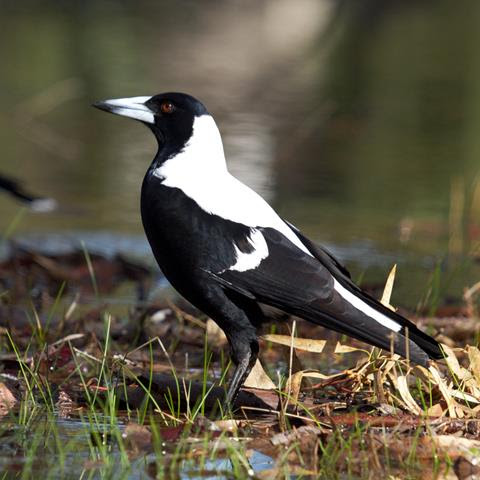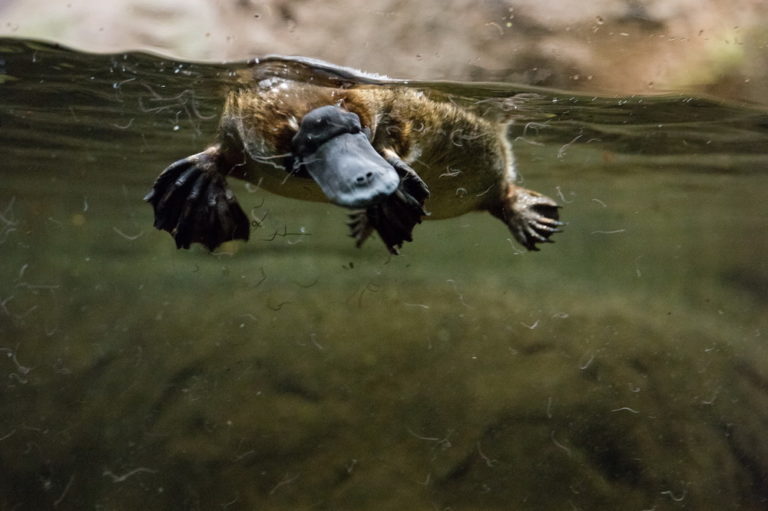Nature at Home activities and articles in Park Watch magazine
While we continue to navigate these challenging times together, we hope you and your family are staying safe and well and finding ways to connect to nature.
We are very much looking forward to running special Wild Families activities again, when the time is right.
For now, we thought you would enjoy building up your nature knowledge at home by reading some interesting articles.
Park Watch magazine is the quarterly magazine of the Victorian National Parks Association. It includes articles on conservation issues across Victoria and celebrates the wealth of nature we have in our state.
Check out some of the content with the family in the latest edition.
Nature at home
While many Victorians find themselves back on Stage 3 restrictions, now is a good time to revisit ideas for enjoying and learning about nature at home.
Try one of the Wild Families ‘Nature At Home’ activities, such as creating an adventure book, making leaf art or watching birds, on page 40.
Special Species – Magpies
Did you know Magpies can remember individual human faces and are highly social animals?
You can read all about one of Australia’s most well loved birds, on page 36.

The march of the Spider Crabs
Every year, through March to July, our southern coastal waters are visited by bizarre, alien-like crabs, coming together in their thousands.
Read all about this extraordinary annual event and see a letter from Sir David Attenborough calling for a halt on fishing for Spider Crabs on page 32.

Park Watch also boasts a range of other informative articles on nature conservation in Victoria for after the kids head off to bed. This includes articles on our ongoing work advocating for the protection of forests across the state, new Victorian threatened species laws, an opportunity to explore Coopracambra National Park from home, and a chance to test your knowledge on Victorian bushfire management with our quiz. Read the full edition of Park Watch
Happy reading!
Manager, Community Learning and Engagement
caitlin@vnpa.org.au
(03) 9341 6500

